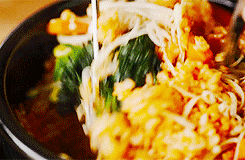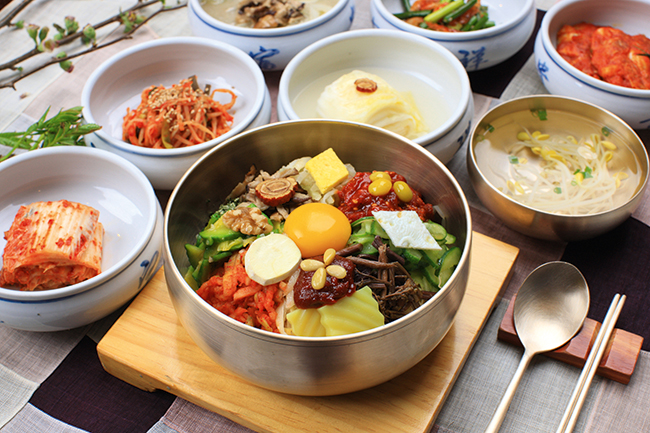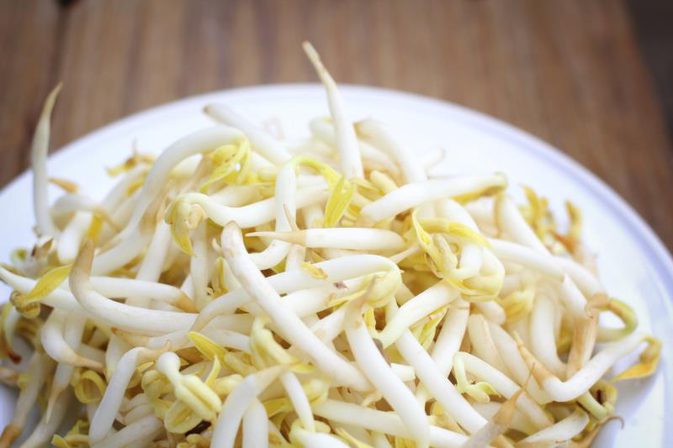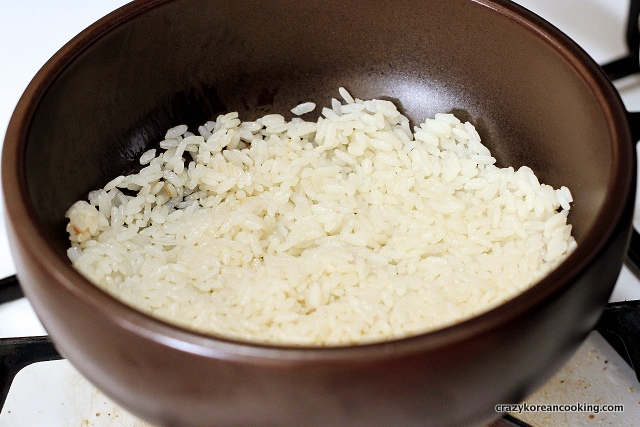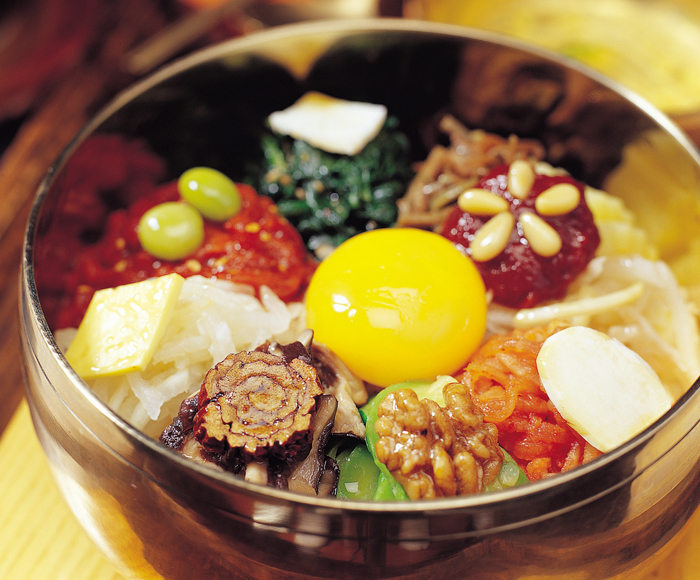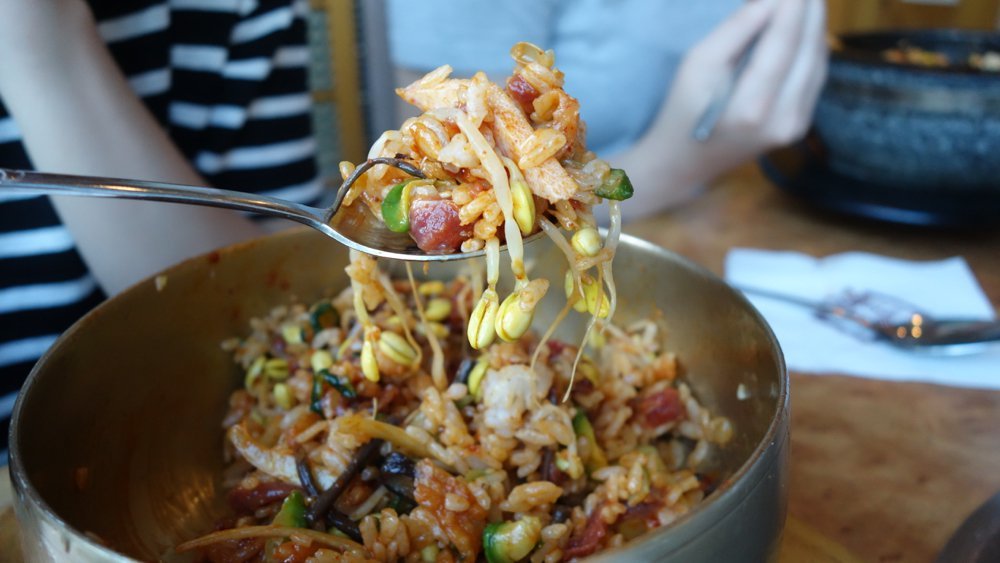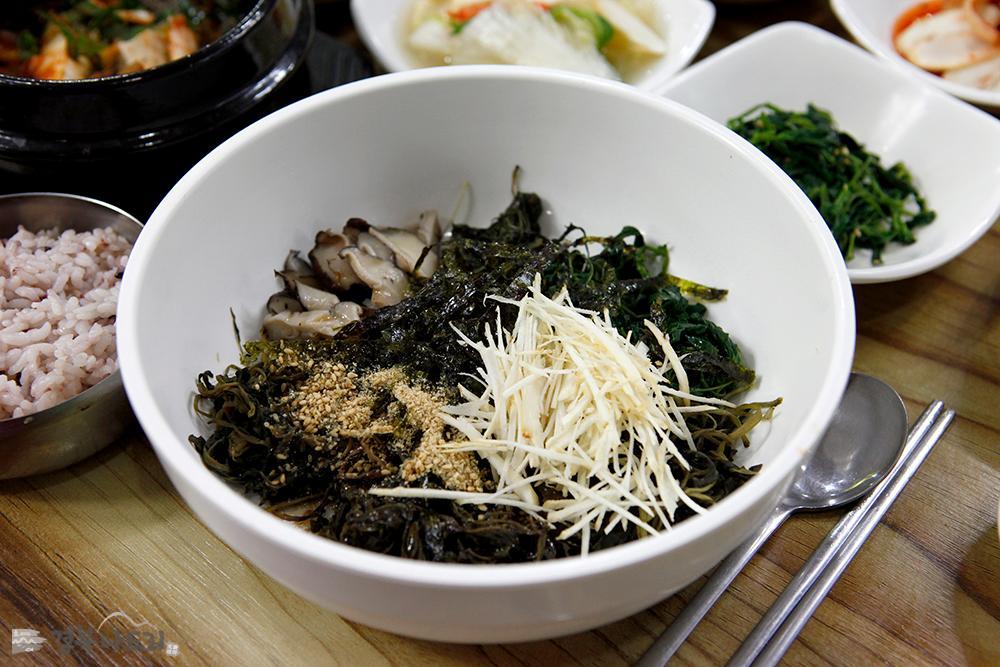This Place In Korea Has The Best Bibimbap You'll Ever Taste. Here's What Makes It So Good.
You know it's good when even local Koreans are willing to travel for it.
Think about Korean food and bibimbap is probably one of the first things that'll pop into your head. It's arguably one of the best known Korean dishes worldwide and can practically be considered as the country's national dish.
Literally translating to "mixed rice", the hearty and nutritious dish consists of a bowl of rice topped with a variety of sautéed and seasoned vegetables, a portion of meat or seafood, and an egg. It's usually served with gochujang (chili pepper paste) and sesame oil on the side, to be added according to your preference.
While it usually hits the table looking beautifully presented with each component separate, you're supposed to eat it - as the name suggests - by mixing everything up together.
Did you know that the city of Jeonju is known for having the best bibimbap in Korea?
Located in the North Jeolla Province, Jeonju is kind of like the Korean equivalent of our beloved Penang and has a reputation for being a total foodie's paradise.
It has been acknowledged both locally and internationally as the food capital of Korea: UNESCO named it a City of Gastronomy back in 2012, and local Koreans are willing to travel hours just to have a meal there.
While there's no lack of amazing dishes to try in Jeonju, the most iconic one is definitely bibimbap. Not only is Jeonju is considered to be the birthplace of bibimbap, they even hold an annual Jeonju Bibimbap Festival every October.
There's a whole philosophy that goes into the making of Jeonju bibimbap - one that ties in with the philosophies of the city as a whole
The city prides itself on operating under the tenets of cooperation, coexistence, and harmony. So everything to do with making Jeonju bibimbap is carefully thought out to be in accordance with these elements. A lot of care and attention is put into every single ingredient and cooking process.
For example, balance in taste, texture and color is especially important when selecting ingredients. To create a bowl of bibimbap that's perfectly balanced in every way, they make sure to choose both complementing and contrasting ingredients.
Taste
For pleasant bitterness: Korean herbs, mountain vegetables, and spring greens such as bellflower root and bracken
For sweetness: Carrots, zucchini, or radish
Texture
For softness: Mushrooms
For crunch: Beansprouts
Colour
Ingredients of various colours are used to create a beautiful display. Some common ones include spinach for green, carrots for orange, raw meat for red, and egg for yellow.
Their placement in the bowl is very important. Contrasting colours must be placed next to each other while similar colours must be as far apart as possible.
It is a traditional Korean belief that bibimbap should include the five colours that symbolise the harmony of the five elements: red, blue/green, brown, white, and yellow, to represent fire, water, tree, metal and earth.
1. A special locally-grown variety of beansprouts is used
Beansprouts are a key component in bibimbap, they're used to add crunch so it's important to make sure they don't go soft and limp after cooking. Jeonju bibimbap uses a variety called rhynchosia volubilis that's grown locally in Imsil, North Jeolla Province.
These particular beansprouts are able to retain their bite and crispiness even after cooking for a long time. Besides using them as a topping, the rhynchosia volubilis beansprouts are also used in the clear beansprout soup that is usually served alongside Jeonju bibimbap.
2. The rice isn't cooked in just water
Instead, the rice is cooked in beef bone broth. This not only makes the rice more flavourful, but it also prevents the grains of rice from sticking together and gives it a glossy shine, making the overall dish look better. The rice is also lightly seasoned with soy sauce and sesame oil after it's cooked.
3. Some special ingredients are used as toppings
Hwang po muk: a type of Korean jelly made from mung beans
(pictured above, bottom right corner)
This particular type of mung bean jelly is dyed with the fruit of the gardenia plant to give it the signature yellow colour. This jelly is often used in Jeolla style cooking and is a staple food in Jeonju.
It doesn't have much flavour on its own so it's usually seasoned with soy sauce and vinegar. Including it in bibimbap adds an interesting chewy texture to the dish.
Yukhoe: Korean style raw beef tartare
To make yukhoe, the most tender part of beef is usually used. After removing all the fat, the meat is then julienned into thin slices and seasoned with various spices or sauces.
The most common seasoning mix includes spring onion, minced garlic, salt, black pepper, sugar, soy sauce, sesame oil, sesame seeds, and Korean pear.
Other types of bibimbap uses cooked meat, it's only the Jeonju kind that uses yukhoe because its smoother and richer in flavour.
Raw egg yolk
The crowning glory that completes any good bibimbap is always the egg. While other regions top theirs with a fried egg, Jeonju uses a raw egg yolk instead, placed right in the centre.
Fried egg is still included but in a different way. The egg white and egg yolk are fried separately into thin crepe-like circles, then shredded into thin strips.
4. It has a good rice to toppings ratio
There's nothing worse than getting a bowl of bibimbap that consists of way too much rice and barely any toppings. But as previously mentioned, balance is an important element in Jeonju bibimbap, so there's always a plentiful and sufficient amount of every single ingredient.
It's not difficult to see how Jeonju bibimbap has earned a reputation for being healthy, both in terms of its ingredients and preparation methods
Many people actually eat it specifically for its nutritional value, and not just because its yummy.
There's even a special type called san chae bibimbap (mountain vegetable mixed rice) which is considered as the ultimate health food because it uses different kinds of unique mountain herbs and vegetables.
The local Jeonju mountainside restaurants are particularly known for having good san chae bibimbap as they have access to fresh ingredients.
Be sure to add Jeonju bibimbap to your food bucket list and do give it a try if you're ever in Korea! :)
